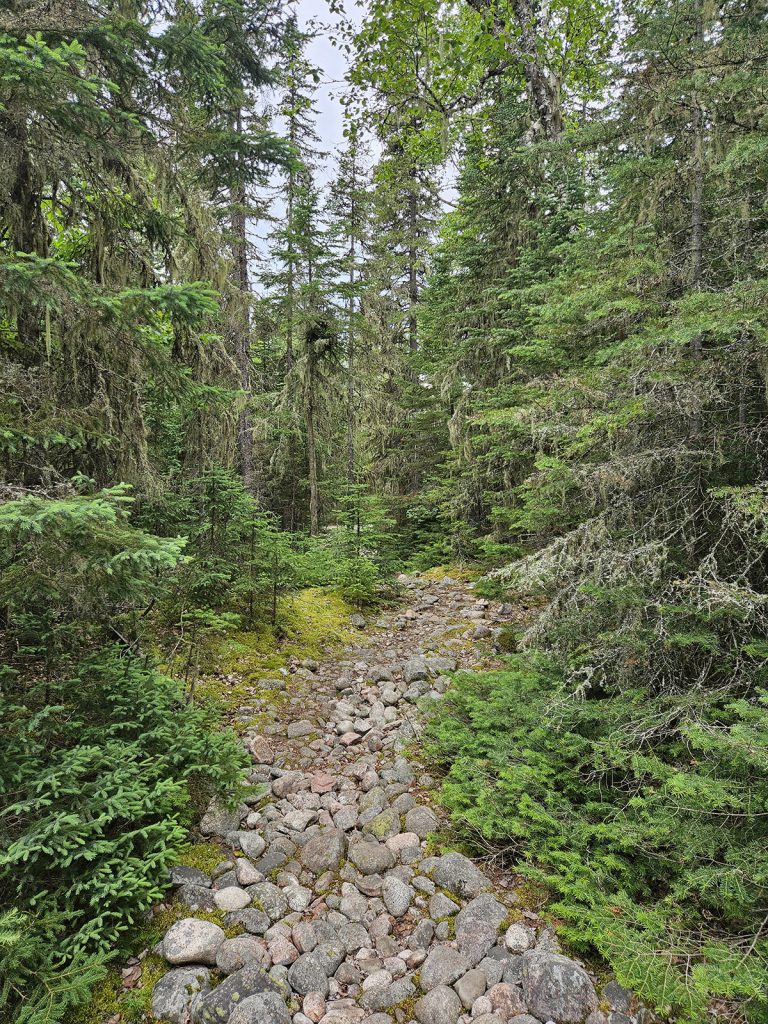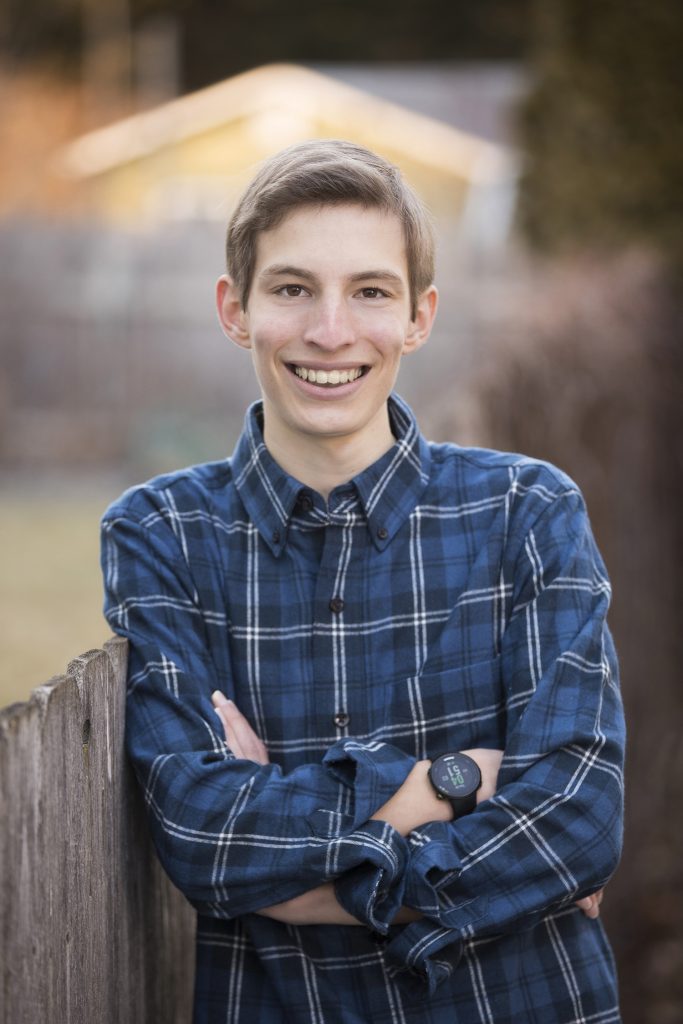When I visited college campuses last year, there were two must-see destinations at each: the libraries and the forests (gardens would suffice at those unfortunate institutions which, by the whims of geography, lacked a sylvan space). Those two places also happen to be where I am most liable to be found when classes and tasks allow. An intriguing volume, a maze of shelves, a mossy glen, or a stand of oak or pine, and I am in my element.

Homeschooled from kindergarten onwards, I was just about never more than a few feet from a book. I believe some significant portion of the public library’s collections was usually in one corner of the living room, my parents’ books lined the walls, a burgeoning collection began to fill – then overfill – my bedroom shelf, all of which impelled me to grow up on books like bacterial colonies on agarose. I learned from books, recreated with books, and began to gain an appreciation for learning for its own sake.
Despite this apparent bibliophilia, it is love and awe for the natural world that have primarily driven my interests since at least age five, when I turned my innocent quest for encyclopedic knowledge from dinosaurs to extant animals (giving my mom a much-needed break from being Mrs. Protoceratops). I obsessively read about cassowaries or tardigrades with my best friend and began to amass the collection of exotic stuffed animals that would later form a self-governing republic and conduct mass experiments in electoral systems. Now, I explore the outdoors whenever possible, whether by foot, bicycle, kayak, or cross-country ski, yearning for the freedom of a snow-covered woodland or a bog ablaze with fall color.

Recently, I’ve begun to see commonalities between Nico the bookworm and Nico of the forest frolic. I would like to think that I can attribute those connections to exposure to the realm of research. Since beginning work in a botany lab the summer before 11th grade, I have seen those all-important forests with new eyes, trying my best to understand the mechanisms that drive their function, no hike too minor an occasion to be infused with the spirit of inquiry. What is the taxonomy of this striking fern? What evolutionary processes transformed lycophytes from pillars of the Carboniferous swamp-forests to humble, fuzzy Christmas-tree lookalikes crawling along the boreal forest floor? With the tools of modern science, the contents of ecosystems can be read almost like those of libraries, their eDNA forming a catalog, community ecology supplying the collection structure, and each organism’s biology holding a wealth of information.
Books, conversely, come alive under the investigative eye. Through classes focused on the methods of historical scholarship, I’ve learned how texts must be examined through their context; each author, work, or moment in time is deeply interconnected with many others. The flow of ideas through societal systems may not be too dissimilar from the flow of energy through natural ones. Most of all, libraries and forests share a sense of timelessness, that moment when the vastness of evolutionary deep-time catches you in a pensive mood, or when you begin to wonder, after spending too long browsing labyrinthine stacks or inscrutable pages, whether Borges may not have been right, after all, that the universe is composed of a library infinite in space and time, of which the center is undefined and the perimeter inaccessible.
I am Nico Zepeda, a freshman from Madison, Wisconsin. I plan to major in biology, with a whole host of other fields like history, philosophy, environmental science, and architecture that I hope to explore in parallel. I am thrilled to be in an environment like Duke, where fascinating, interdisciplinary research is around every corner, and I am even more excited to interact directly with Duke’s dynamic researchers and share their work through the Research Blog!

